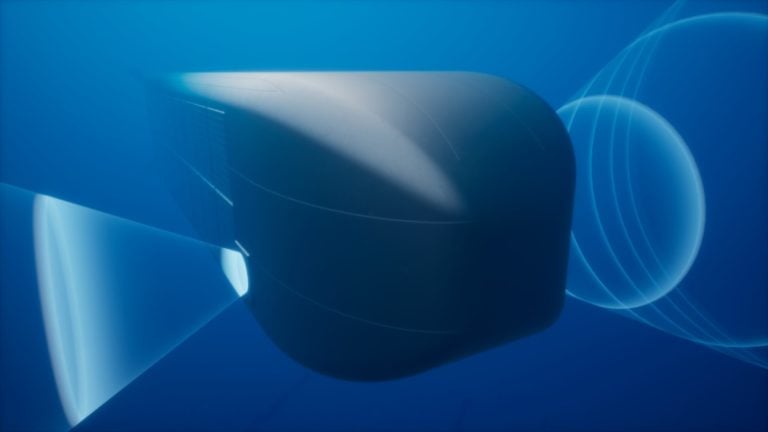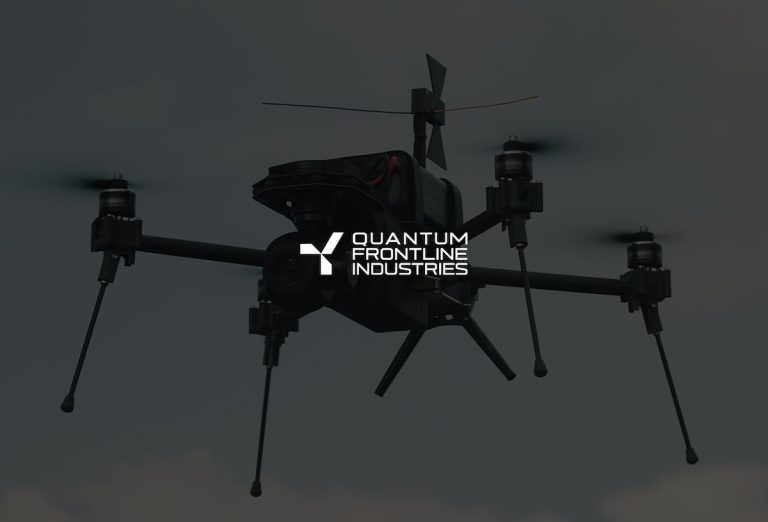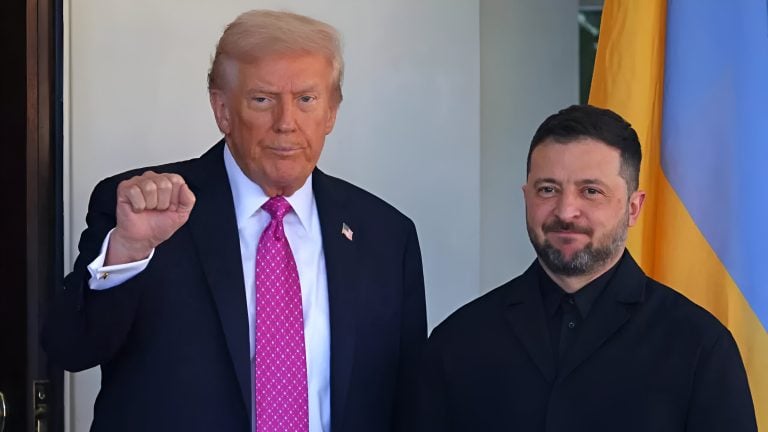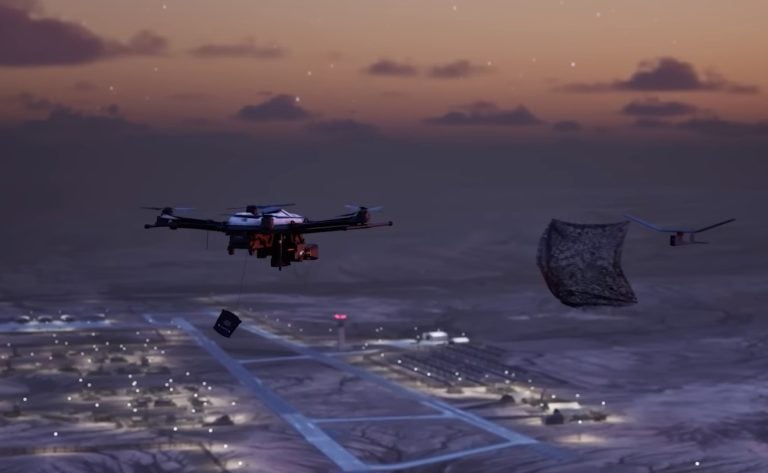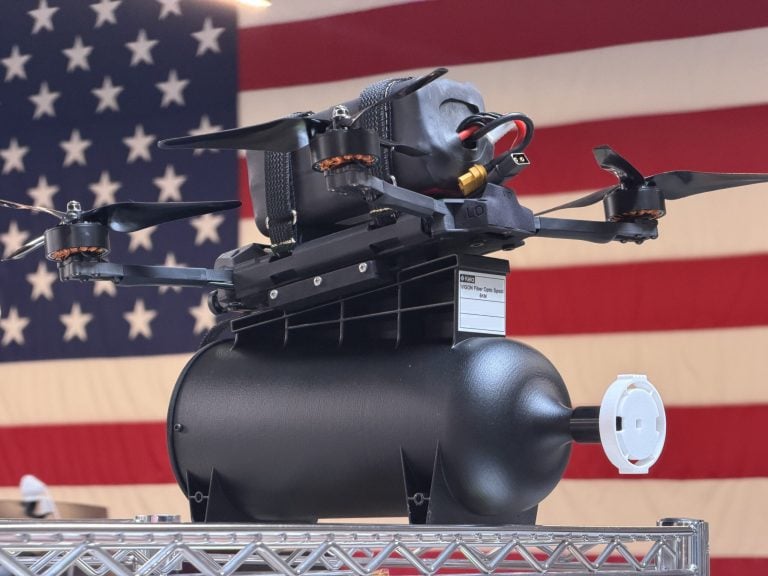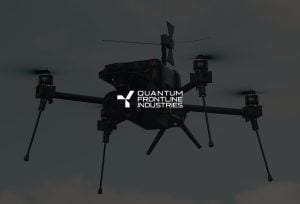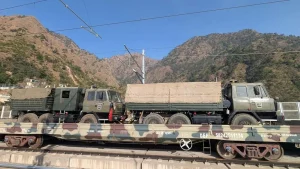Kyiv’s allies are currently reassessing strategies to address potential intelligence gaps following warnings from Washington that it may suspend intelligence-sharing unless Ukraine agrees to a proposed peace plan. This development emerged during an annual meeting of defense and security officials held in Nova Scotia, Canada, where experts reported to Politico on viable options for replacing or supplementing U.S. intelligence support.
NATO and European representatives emphasized the unmatched capabilities of the United States, particularly its satellite-based intelligence systems, which are crucial in tracking Russian military movements and anticipating attacks. According to the officials, these systems are “unique” and “irreplaceable,” highlighting the significant role they play in the ongoing conflict.
Nevertheless, discussions revealed that advancements in commercial and non-U.S. satellite systems over recent years might offer alternative solutions to fill potential shortfalls left by U.S. intelligence. Some European commercial satellite providers have been ramping up their capabilities, partially spurred by the recent temporary pause in space-intelligence sharing from the U.S. to Ukraine.
James Appathurai, the interim head of NATO’s DIANA innovation program, pointed out that European companies, such as Finland’s ICEYE, are already contributing data to Ukraine through their synthetic-aperture radar satellites. ICEYE has made strides in the market, having sold satellites to countries including Poland, the Netherlands, Finland, and Portugal, with plans to expand its current fleet from approximately five to ten satellites to as many as 25 within the next two years.
EU Defense and Space Commissioner Andrius Kubilius also mentioned several European programs that could bolster Ukraine’s intelligence capabilities. One notable initiative is Galileo, the European Union’s global navigation network, which operates 24 satellites in medium Earth orbit at an altitude of 23,222 kilometers (14,440 miles).
Another significant asset is the Copernicus program, the EU’s Earth observation and weather-monitoring system, which is anticipated to expand by nearly 20 additional satellites before 2030. This program will enhance data collection from sensors situated on the ground, at sea, and in the air.
Additionally, Kubilius discussed the planned IRIS² program, which aims to create a secure, multi-orbit communications network designed for military, governmental, and emergency applications. The proposed satellite constellation is expected to total 290 satellites in medium- and low-Earth orbits and is still under development, with operational status projected for 2030.
Canada is also positioned to assist in bridging any intelligence gaps for Ukraine. Having previously provided RADARSAT-2 imagery—a synthetic-aperture radar satellite capable of capturing tens of thousands of images annually—Canada could resume its support if U.S. assistance diminishes.
This dialogue among allies indicates a commitment to ensuring that Ukraine’s intelligence needs continue to be met, despite potential shifts in U.S. support dynamics.




